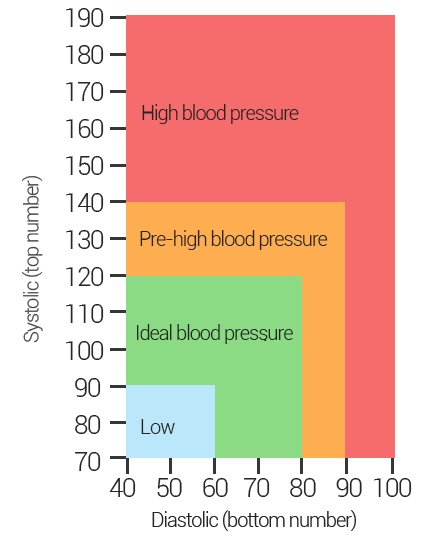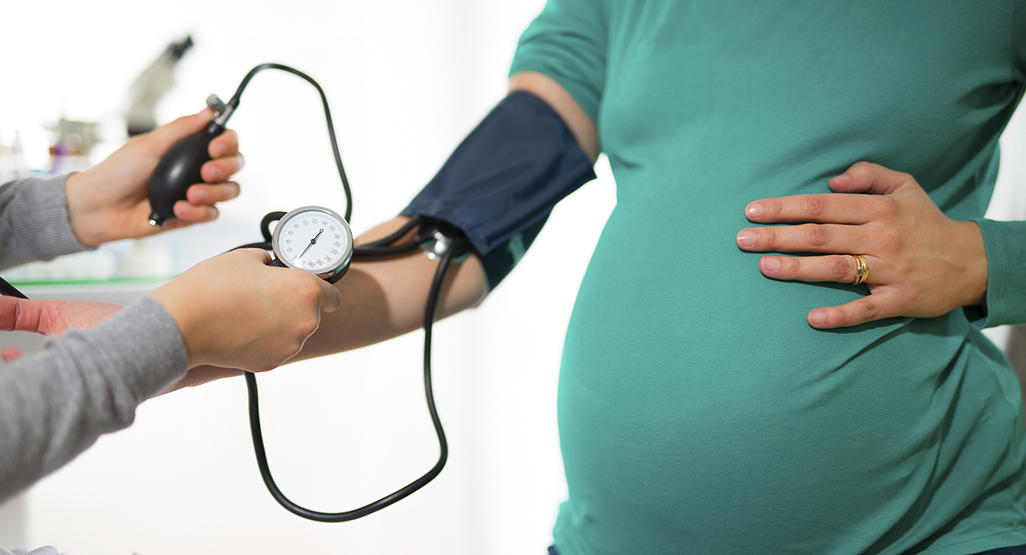How to Diagnose High Blood Pressure During Pregnancy

There are two common blood pressure readings: systolic and diastolic. The systolic reading measures the pressure on the walls of the blood vessels as they contract. A systolic reading of 110/70 is considered normal, while a blood pressure reading of 135/85 is considered severe hypertension. In both cases, high blood levels are due to a buildup of LDL cholesterol in the arteries. This buildup results in plaque formation, which increases the pressure of the arteries, leading to a vicious cycle.
If high blood pressure continues to go untreated, it can lead to many problems during and after pregnancy. Symptoms of hypertension during pregnancy can include a lack of energy, headaches, nosebleeds, and decreased kidney function. Although this condition can present itself during pregnancy, it is possible that it will persist throughout the life of the baby. It is important to seek medical attention early if you suspect you may have high blood pressure.
The best way to diagnose high blood pressure is by taking your blood pressure. Your doctor will give you a reading in millimeters of mercury (mm Hg). The number is measured at both times – during the systolic heartbeat and at rest. It is also important to quit smoking and drink caffeinated beverages, as these can elevate your blood pressure. After the reading, you should sit quietly for five minutes.
The best way to diagnose high blood pressure is by having it checked by a doctor. Usually, blood pressure is measured in millimeters of mercury (mm Hg), and it is a good idea to visit your doctor regularly for blood pressure checks. Keeping yourself healthy is important for controlling high-blood-pressure. Changing your lifestyle and taking medication are the first steps in treating this condition. Ultimately, the treatment for high blood pressure is an ongoing process.
Blood pressure is the force of blood against the walls of the blood vessels. The systolic number indicates the pressure when the heart contracts, and the diastolic number represents the pressure when the heart relaxes in between beats. There are three categories of high blood pressure, and it is important to see your healthcare provider to make sure you are not suffering from it. If you are experiencing any of these symptoms, you should seek treatment as soon as possible.

High blood pressure is a life-threatening condition and should be treated promptly. The best way to diagnose the condition is by getting your blood pressure checked by a physician. The doctor will measure the systolic pressure during heartbeats, and the diastolic pressure during rest. In addition to ensuring that you have the correct blood pressure reading, you should avoid smoking, caffeine, and caffeinated beverages. Try to get at least five minutes of quiet rest each day.
Blood pressure is the most common symptom of high blood pressure. However, this is not a life-threatening condition. Symptoms may include nosebleeds, shortness of breath, and an increased risk of heart attack or stroke. To make sure you have healthy blood pressure levels, you should avoid smoking and caffeine. You must also be sure to take the test at least once every two years. The doctor may want to see you every year or two to monitor your blood pressure.
If you’re not sure if you have high blood pressure, it’s best to see your doctor. This test will help you determine if you are at risk for high blood pressure. If you are at risk for high blood pressure, your doctor may recommend regular checkups every year. In the meantime, you should watch your diet to reduce your sodium intake. The best way to lower blood pressure is to eat healthy and exercise less. Read more helpful information about preventing heart disease and high blood pressure at camarondelaisla.com.
When your blood pressure constantly fluctuates between 120 and 129 mm Hg. systolic, it is considered high. If your readings consistently fall outside this range, you probably have high blood pressure. Your healthcare provider will prescribe lifestyle changes and medications depending on your risk of atherosclerotic cardiovascular disease. When you are diagnosed with high blood pressure, you can control it and enjoy a healthy lifestyle.